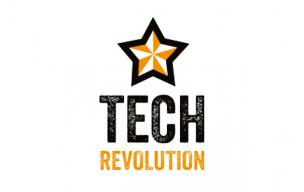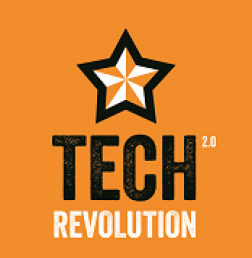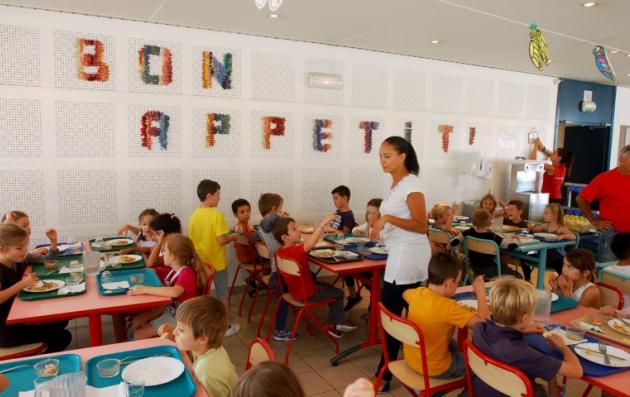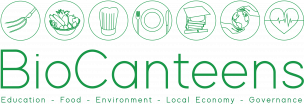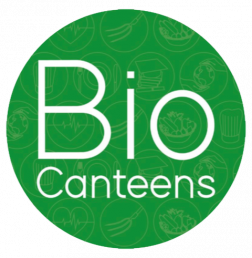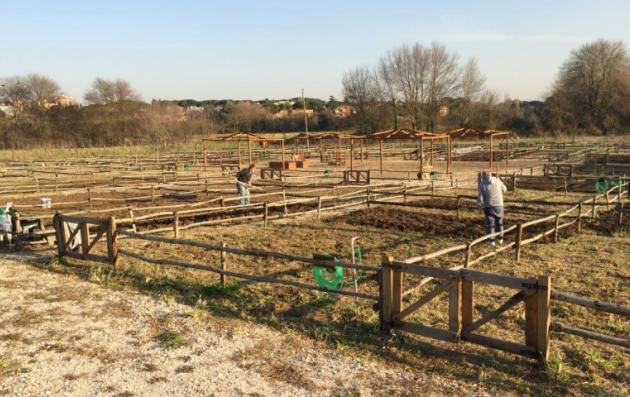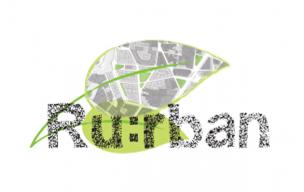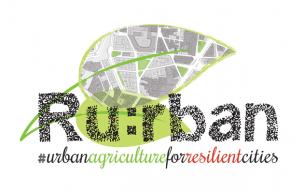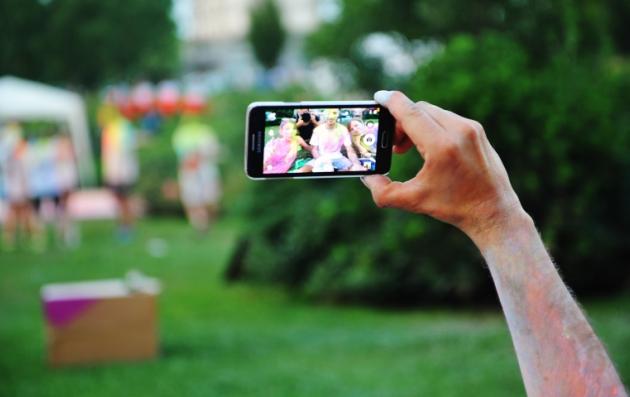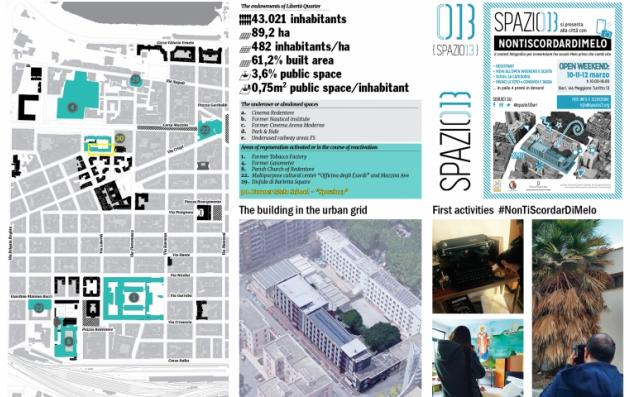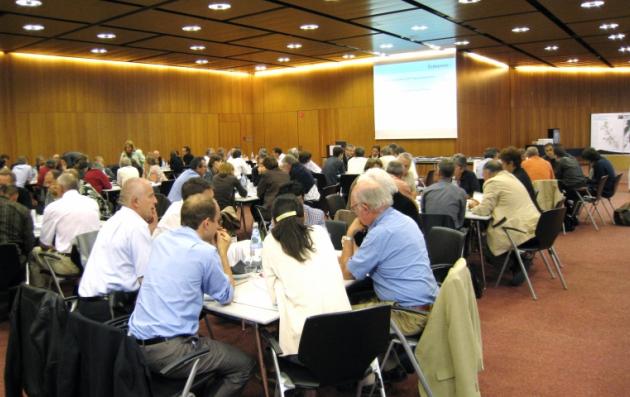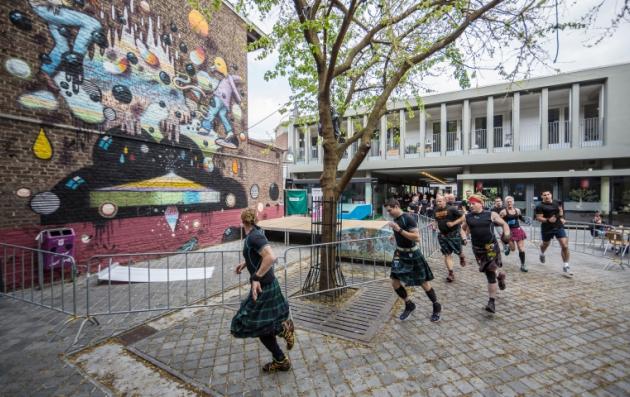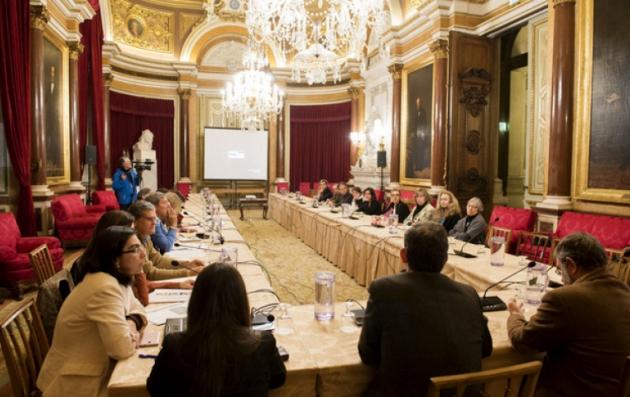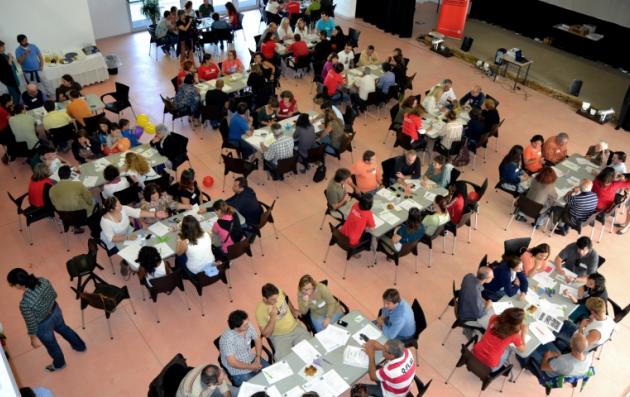Digital media centre
Create more and better local jobs through an inspirational hub space and focused business supportsed business support
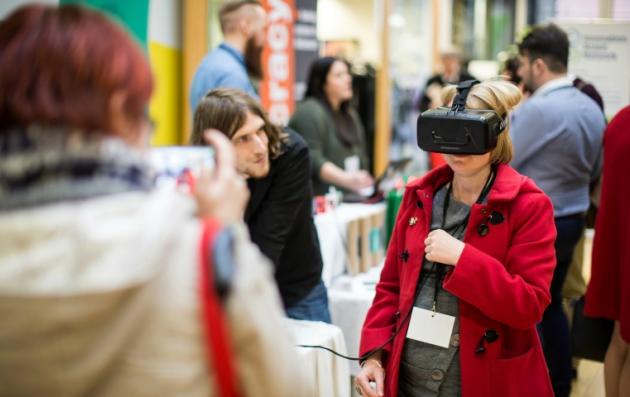
The main physical asset of the Digital Media Centre (DMC) is connected with support programmes and activities, adopting an open-door policy and co-locating the startup support service here. The DMC is a town centre hub of creative and digital businesses, which hosts regular networks and events and has recently expanded into DMC 02
The DMC works hard to grow the digital and creative economy through clustering and community building, and also to drive demand for digital products, skills and services. It collides traditional and digital industry expertise. Enterprising Barnsley has delivered thousands of new jobs into Barnsley over recent years, and has transformed the DMC into an award-winning hub as well as attracting investment into DMC 02 and it is now developing The Seam, Barnsley’s Digital Campus which surrounds the DMCs .
Summary
Through Enterprising Barnsley, the city of Barnsley (UK) delivers a focused programme of business support across inward investment, growth businesses, startups and business incubation centres. Delivered by a team of business development and project managers with specialist, private sector experience and knowledge, the programme puts the customers (businesses) at the heart of the process, building strong client relationships and delivering bespoke, relevant support.
The main physical asset of the Digital Media Centre (DMC) is connected with support programmes and activities, adopting an open-door policy and co-locating the startup support service here. The DMC is a town centre hub of creative and digital businesses, which hosts regular networks and events and has recently expanded into DMC 02
The DMC works hard to grow the digital and creative economy through clustering and community building, and also to drive demand for digital products, skills and services. It collides traditional and digital industry expertise. Enterprising Barnsley has delivered thousands of new jobs into Barnsley over recent years, and has transformed the DMC into an award-winning hub as well as attracting investment into DMC 02 and it is now developing The Seam, Barnsley’s Digital Campus which surrounds the DMCs .
The solutions offered by the good practice
Enterprising Barnsley has built on a successful business support programme and integrated this expertise into a physical hub for high growth creative and digital businesses. The Digital Media Centre tech hubs (DMCs) are landmark hubs for creative and digital business, as well as a base for a startup programme open to any new entrepreneur. Bringing together the “soft” Enterprising Barnsley support with “hard” DMC facilities presents Barnsley as a destination for business growth.
The solutions include:
- Adopting an ‘open door’ policy: availability for any growing business, putting customers at the heart of the work;
- Make space available at no or low cost to those who want to deliver activities for other businesses, or digital sector events (e.g. hack days);
- A varied and changing programme of events, from casual meetups to networking and ‘dives’ into new tech;
- Use digital platforms to collaborate with the digital community, generate feedback and ideas, as well as informal conversation;
- Delivering a regular programme of free events - a monthly breakfast club and workshops for startups based on Lean Canvas;
- Free-to-access bespoke business support for growing companies;
- Developing own programmes using sponsorship funding, to collide digital experts with traditional businesses to drive innovation/disruption;
- Flexible and entrepreneurial working style – going the extra mile to respond to business needs;
- Staying connected with the cutting edge of tech, and establishing high-level networks including with academia to benefit clients.
Building on the sustainable and integrated approach
Enterprising Barnsley and the DMC are born of seeking to improve the social and economic wellbeing of Barnsley and its citizens through the creation of more and better jobs and businesses. Additionally, by focusing on digital and knowledge-based industries at the DMC, the future direction of travel of industry is recognised, by trying to ensure that citizens have the skills and opportunities to access higher value jobs. The DMC 01 itself is a BREEAM Excellent building, which was sensitively designed by architects as a landmark hub with environmental credentials.
There is clear horizontal integration demonstrated by combining the DMC with our Enterprising Barnsley support programme. This is set within a vertical integration of cooperation between the municipality, other public sector agencies, education and private sectors via TechTown, our digital economy action planning network, and the relationship with our local Economic Partnership. Our current support programmes are part of a city region approach to business support which has been influenced by our existing practice.
Based on a participatory approach
Enterprising Barnsley emerged from collaboration between the city, businesses and the local chamber of commerce. Working with stakeholders has been a key element of the programme's success and good relationships are a foundation for our work. This approach was used to consider how best to integrate the DMC when direct management of the building was taken on. Taking on an existing space & clients necessitated building relationships, and ensuring they have a voice in how things would develop. External experts facilitated workshops using SWOT analysis and ideation techniques to identify things to address, and future needs.
As the lead partner of the URBACT TechTown network, Barnsley developed alocal group of digital economy stakeholders, working collaboratively to develop and deliver an integrated action plan for future development of the digital sector. This includes extensive work with education, private and public sector partners on a local/regional level, with difficult conversations and facilitated workshopping of new ideas. This work carries on in the Tech Revolution Transfer Network and we actively contribute to regional policy and invest in participatory actions with tech ecosystem stakeholders such as a recent project linked to Sheffield City Region’s MIT REAP work on entrepreneurial ecosystems.
We use a range of platforms to link across businesses and support networks. These are useful tools to foster open, honest discussion/ideation. The community 'owns' actions and can connect them with strategic city level policy/planning.
As a team, an open door policy is central to our ethos, and work outside of office hours is possible when customers need help.
What difference has it made?
Since 2010, Enterprising Barnsley has supported the creation of over 1000 jobs per year. This is a gross total across ERDF-funded programmes and direct investment by BMBC. The creative and digital economy has grown from 540 businesses to 679, as indicated by mapping reports commission in 2010 and 2015 respectively.
The Digital Media Centre has seen an increase in occupancy from 54% in April 2015 to 96% at March 2017, with an approximately 25% increase in turnover. Whilst occupancy has been impacted by Covid, it is now growing again. Significantly, digital companies in the DMC have grown in terms of job numbers, turnover and space rented. Highlights include a DMC company who forecast first year turnover of £90k/€105k and actually achieved £250k/€294. This company went on to achieve even greater growth and now is a team of 17 with turnover of £1m.
Projects run through the DMC have attracted a range of funding for delivery from public and private sector sources.
By intrinsically linking the TechTown Action Planning Network with the DMC, significant reach and recognition for the approach to growing the digital sector has been achieved. Working is carried out closely with partners on a regional as well as local level, and well connected into national and overseas digital sector networks. Being at the heart of a web of valuable connections makes the DMC and its projects more relevant and meaningful for the support of companies and people, as well as ensuring awareness of sector trends and developments.
The Action Plan that emerged from the TechTown project has formed the basis for ‘The Seam, Barnsley’s Digital Campus’ which is an ambitious regeneration programme centred on the DMCs that will see a new district of the town centre be developed over the next 10 years. Already, DMC 02 has emerged from this plan as well as Barnsley College’s SciTech Hub for digital education, and funding is secured for active and electric vehicle travel hubs. Additionally a new ‘internet of things’ network is being installed across the town centre to support DMC and Seam activity, and Barnsley is now a testbed for a range of technologies supporting sustainable place making. We have secured ERDF investment to deliver two innovative programmes to grow the tech ecosystem (in partnership with Capital Enterprise) and drive the adoption of digital technology (in partnership with Sheffield Hallam University). We also now work closely with the University of Sheffield on entrepreneurship and Internet of Things technologies and are leading an IoT pre accelerator programme with a large network provider to support new business ideas. We have completed three IoT Tribe programmes with the most recent programme seeing ten new smart city technologies piloted in Barnsley as well as new companies locating in the DMCs.
Transferring the practice
Over 2.5 years, Barnsley has led the TechRevolution network, transferring its practice to 6 other cities: Bacau (Romania), Piraeus (Greece), Schiedam (Netherlands), Nyíregyháza (Hungary), Pardubice (Czech Republic), Vilanova i la Geltru (Spain). You can, in particular, check Piraeus’s Good practice here. The approach was based on the 3 elements of the Barnsley’s Good Practice, adaptable to each city’s reality: Enterprising Barnsley, Digital Media Centre and Spin-off. In Barnsley, TechRevolution has helped to continue stakeholder engagement and to develop and deliver significant improvements and expansions to our local, regional and national tech sector support and policy. The final outputs are all available on the URBACT website. TechRevolution might also be reloaed with a new Transfer Network starting from June 2021.
-
478_Barnsley_Gpsummary.pdf(PDF, 44Ko)

